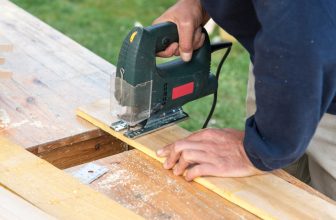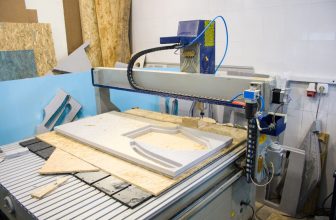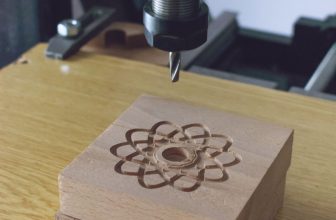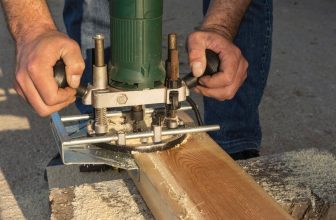Contents
Wood used for building is referred to differently from place to place. In North America the wood used for building is referred to as lumber, where as in Australasia it is referred to as timber. So in America you nip off to the lumber store to by a piece of lumber, and in Australasia you nip off to the timber yard to buy a piece of timber. When the wood is 1 inch thick (25mm) or less, it is then referred to as a board.
What wood to use?
A lot of readily available softwoods (such as pine) need to be treated to stop decay if the lumber is for outside use.. Safety precautions are needed when working with treated lumber and explained in the safety page.
Treated wood faq
Most pine softwoods used for outside applications are preserved (pressure treated) with Chromated Copper Arsenate (CCA) preservative to prolong the life of the wood (slow down decay). This treatment has been around and commonly used for over fourty years. For more information about CCA and frequently asked questions, you can download this pdf file treated wood faq.
You can use untreated lumber for projects that are not left out in the weather such as billy carts if they are put in shelter after use. A little bit of water does not damage anything, constant water or dampness does.
![]()
If you prefer to use untreated pine or similar decay pronenon-durable lumber for outside projects such as playhouses, paint can help to prolong the life of the lumber, and the more thorough the paint job, the longer the life. The most at-risk areas will be where water is trapped in joints or end-grain.
![]()
There are other types of lumber that have a natural resistance to rot and are therefore do not need to be treated for outside use, but in most cases they are less readily available, usually costs more and are sometimes more difficult to work with.
If you want to use a different type of lumber for outside use, enquire at the lumber yards in your area regarding what is available, cost etc.
Wood sizes
All wood sizes (thickness and width) used in this site are commonly used sizes but may vary slightly from place to place or from supplier to supplier.
For more info on wood sizes go to here








Great info – cheers